Do you have a question about the Casio Protrek PRG-130GC-3 and is the answer not in the manual?
| Model | PRG-130GC-3 |
|---|---|
| Category | Watch |
| Brand | Casio |
| Series | Protrek |
| Display Type | Digital |
| Water Resistance | 200 meters |
| Solar Powered | Yes |
| Compass | Yes |
| Thermometer | Yes |
| Barometer | Yes |
| Altimeter | Yes |
| Alarm | Yes |
| Stopwatch | Yes |
| Countdown Timer | Yes |
| LED Backlight | Yes |
| World Time | Yes |
| Case Material | Resin |
| Band Material | Resin |
| Movement | Quartz |
Overview of watch functions, critical safety warnings, and liability notes.
Instructions for charging the watch and maintaining battery power.
Explains manual structure, button notation, and provides general guidance.
Illustrates buttons for mode navigation and display illumination.
Introduces the Digital Compass, Barometer/Thermometer, and Altimeter modes.
Guide to city codes, time/date setting, and Daylight Saving Time.
Steps to access the Digital Compass and perform direction readings.
How to input magnetic declination to indicate true north.
Procedures to calibrate the sensor using specific methods.
Important notes on location, storage, and impact on sensor readings.
Using the compass for setting maps and finding bearings to objectives.
How to measure pressure/temperature and understand the barometric graph.
Steps for measuring, viewing, and recording altitude readings.
Explains pressure differential pointer and general measurement considerations.
How to set a reference altitude and manage stored altitude records.
Procedures for viewing tide/moon data and adjusting high tide times.
How to reverse Moon phase display and adjust high tide times.
Setting up and using the countdown timer, including beeper functions.
How to measure elapsed time, split times, and two finishes.
Viewing times in cities and managing DST settings.
Setting, testing, and enabling/disabling alarms and time signals.
How to use manual illumination and understand the auto light switch.
Warnings for auto light, and answers to common direction/sensor issues.
Details on solar cell, battery charging, and measurement precautions.
Explains battery level indicators, charging times, and precautions.
In-depth details on Moon cycles and tide graph functionality.
Understanding the tide graph patterns and indicators.
How to activate, deactivate, and recover from Power Saving.
How to turn the button operation tone on or off.
Safety advice for illumination, sensor handling, and calibration procedures.
How to change measurement units and overview of technical specs.
Reference for city codes and detailed precision specifications for sensors.
Brief overviews of various watch modes and functions.

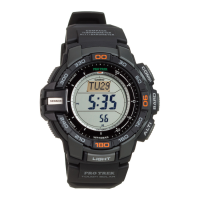

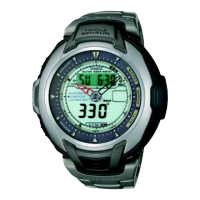
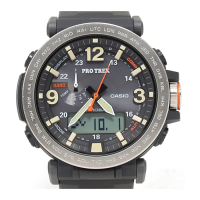
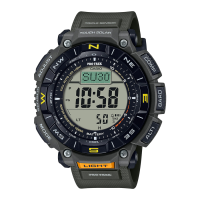
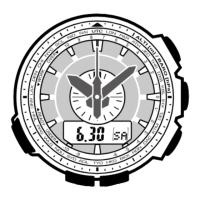
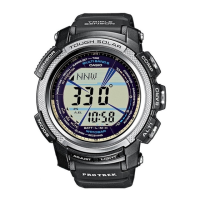
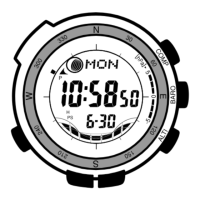
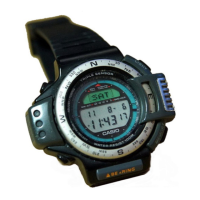
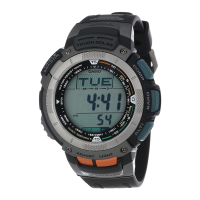
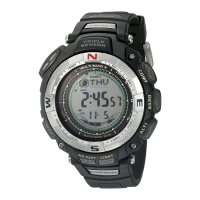
